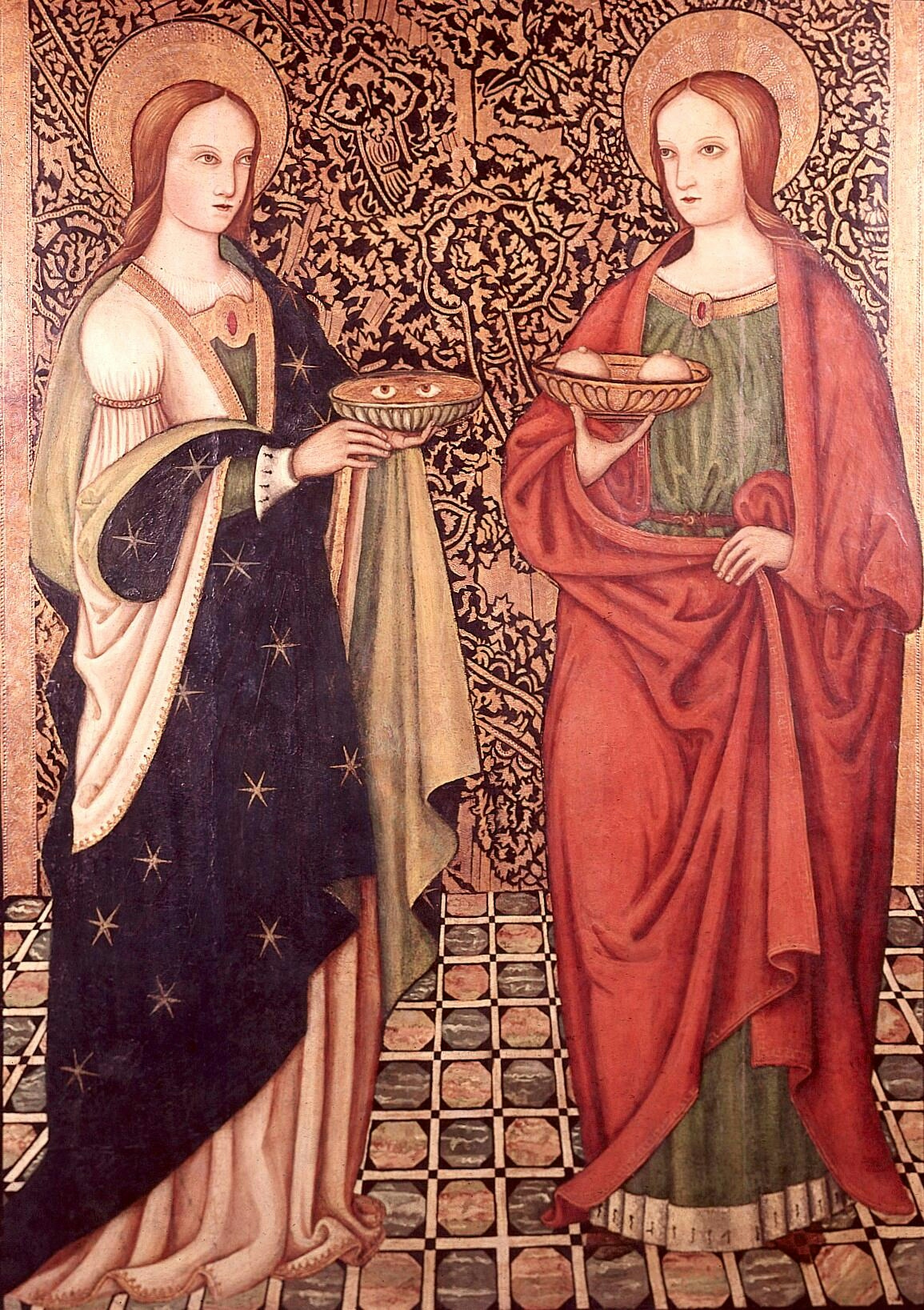The early Christian Church was built on the bodies of martyrs. Sometimes this was by literally constructing places of worship on the site of a martyrdom, but in addition, tales of the deaths of those who died for their faith were some of the most popular early Christian texts. Those who were killed for their Christian belief were thought to go straight to heaven. These martyrs evolved into saints, who were believed to intervene on behalf of Christians with God.
Perhaps the earliest image of Jesus on the cross we have is the Alexamenos Graffito. This second-century sketch found in Rome shows a crucified man with the head of a donkey and another man looking on. The text tells us “Alexamenos worships his god”. To the pagan mind it was absurd to worship a man who was put to death in this humiliating way. Even St Paul described the crucifixion as a “stumbling block” to converting new members to the Christian faith. Yet those who emulated Jesus by dying for their faith would become one of Christianity’s most potent tools in evangelism.
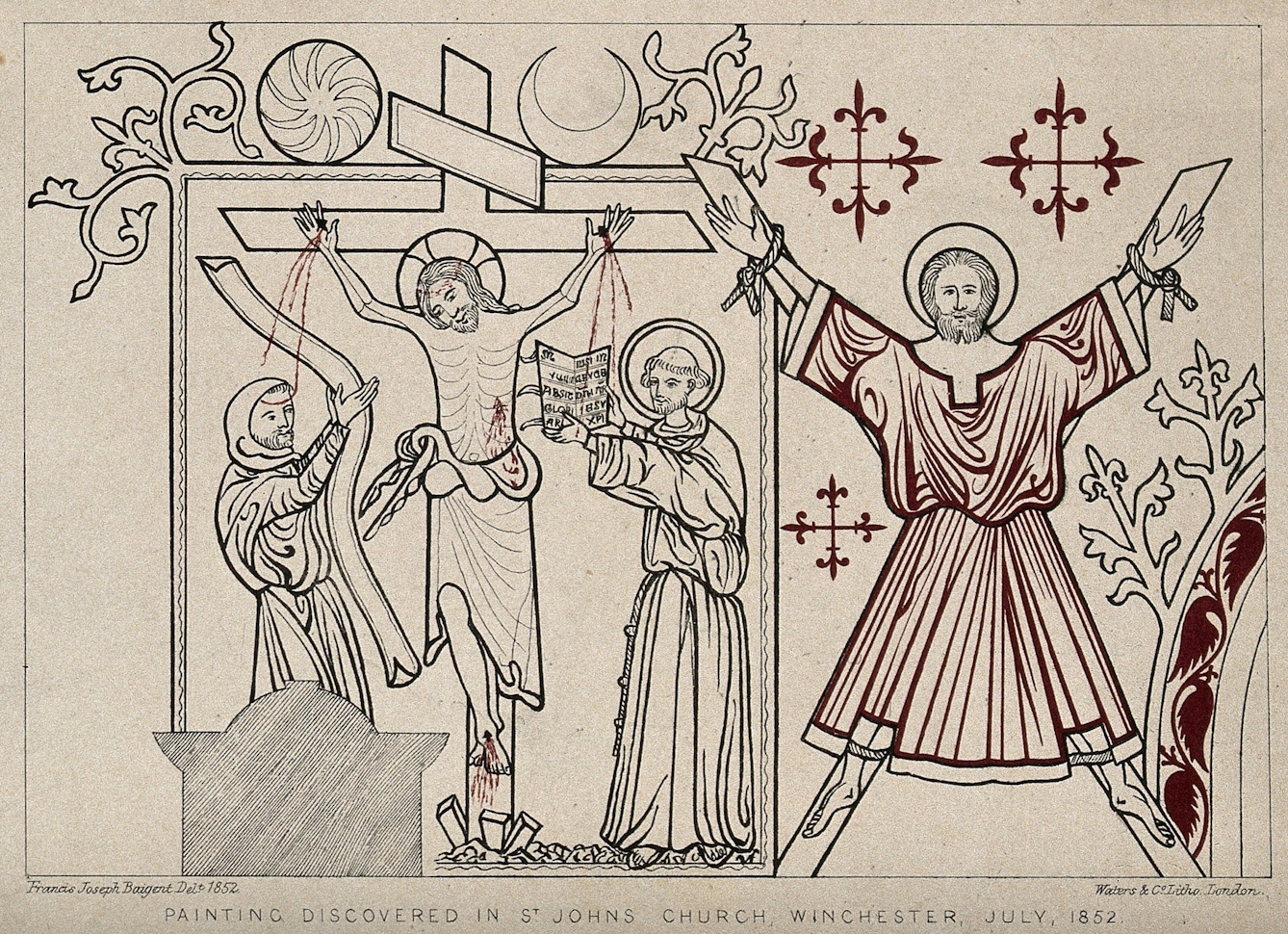
Jesus’s suffering was the route to salvation for humanity, and by imitating this suffering, martyrs were becoming more Christ-like. By the fourth century, lists of martyrs were being drawn up and narratives of their deaths were copied and spread across Christendom. The grisly details of a saint’s death were no longer a stumbling block to faith but became an emblem of the strength of their devotion. Imperturbable faith became something to be emulated.
Many of Jesus’s disciples suffered martyrdom, but this pathway to heaven was open to all believers – even women, who were seen as “weaker vessels” and more prone to sin. The deaths of saints Lucy and Agatha were particularly celebrated. The tales of their martyrdoms are reflected in their gruesome iconography. In medieval sources Lucy either tore out her own eyes to discourage a man who wanted to marry her, despite her vow of chastity, or had them gouged out as part of her torture. She is often shown with her eyes on a platter. Saint Agatha’s breasts were cut off during torture and these can be seen in many of her icons.
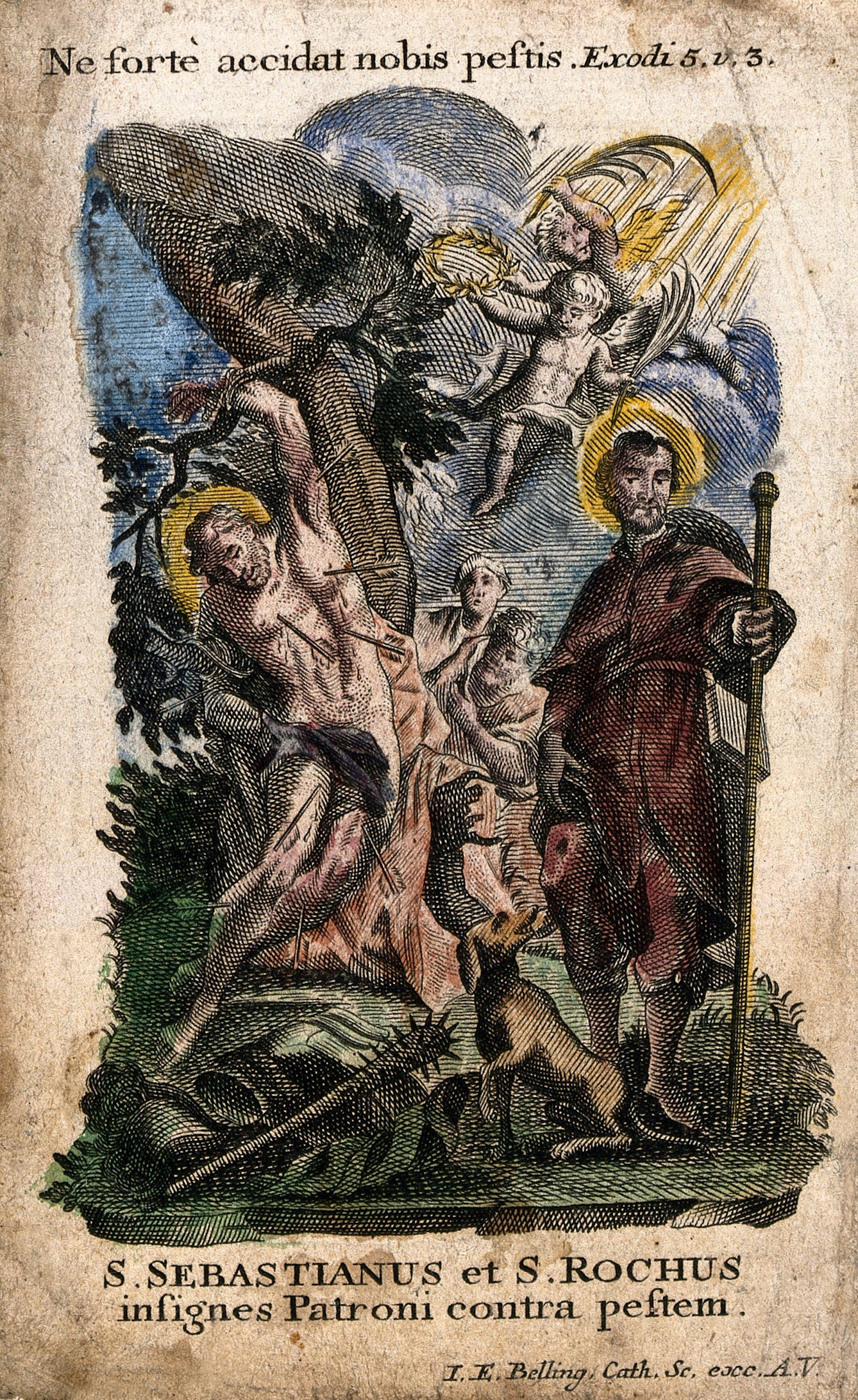
As well as providing spiritual aid, the martyrs served a practical purpose to the medieval mind. Their attributes were often tied to their deaths. St Lucy, who suffered so much on account of her eyes, became the patron saint of the blind. The link was not always so clear, however. Perhaps the most mysterious and feared menace in the Middle Ages was the plague. It was an invisible threat that could wipe out communities. St Sebastian was martyred after being shot with arrows, yet became a patron saint to be invoked against the scourge of epidemics. The association was apparently formed when the martyr helped cure a pestilence which struck Rome in 680 CE. Intriguingly, the pagan god Apollo was said to have spread plagues by piercing victims with his arrows, so there may be a link here between pagan myth and Christian faith.
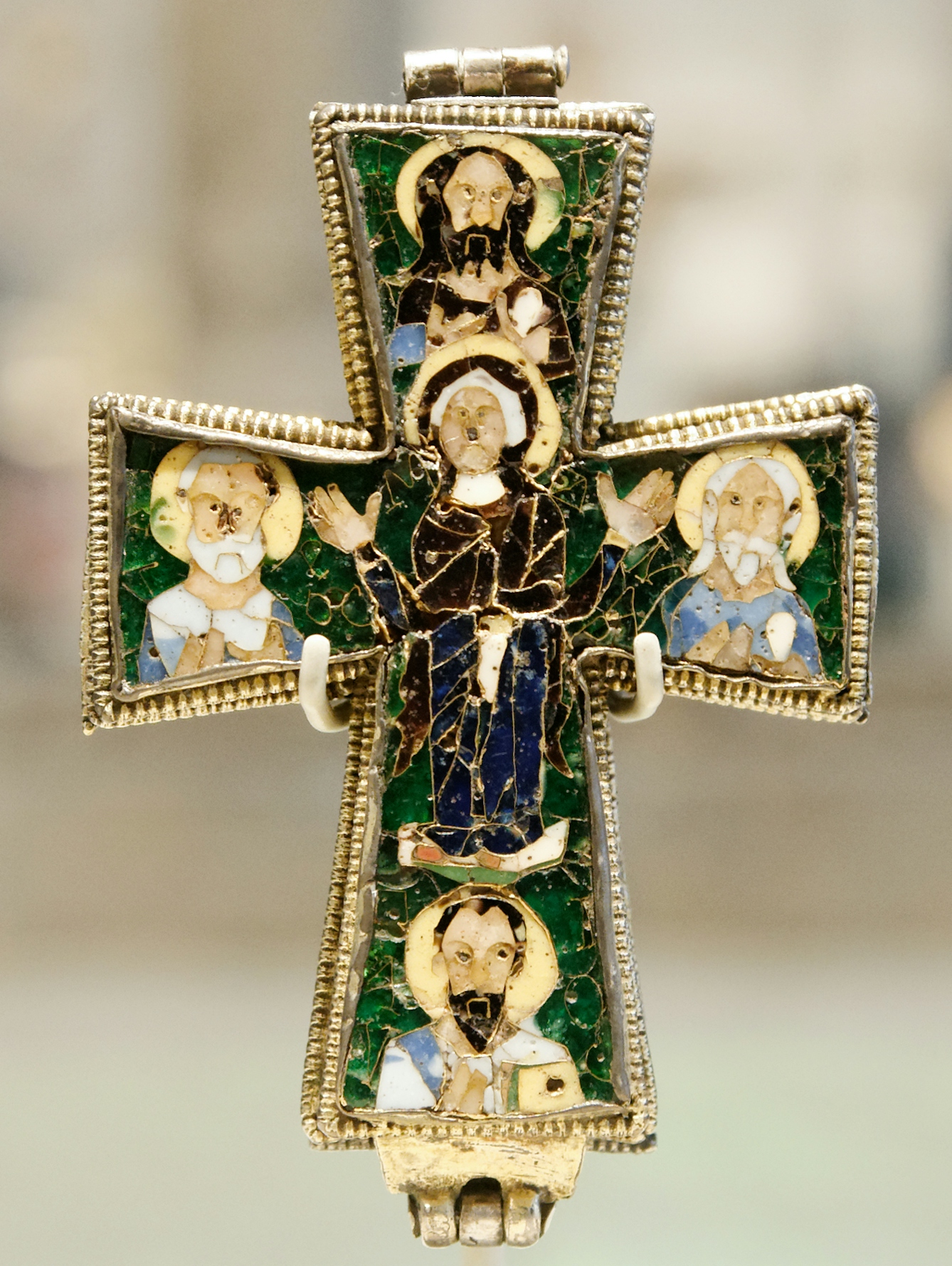
Christians believed in the power of relics to offer spiritual and physical aid. Because Jesus was believed to have bodily ascended into heaven, he left few relics on Earth that could be venerated. The body parts of saints filled this gap. The places that held the bodies of saints became sites of pilgrimage. Many small fragments of a saint’s body were detached and placed within reliquaries, such as this ninth-century cross, which was designed to be worn. The Second Council of Nicaea in 787 CE decreed that all altars in churches must contain relics of the saints – a practice that the Second Vatican Council affirmed for the Catholic Church in the 1960s.
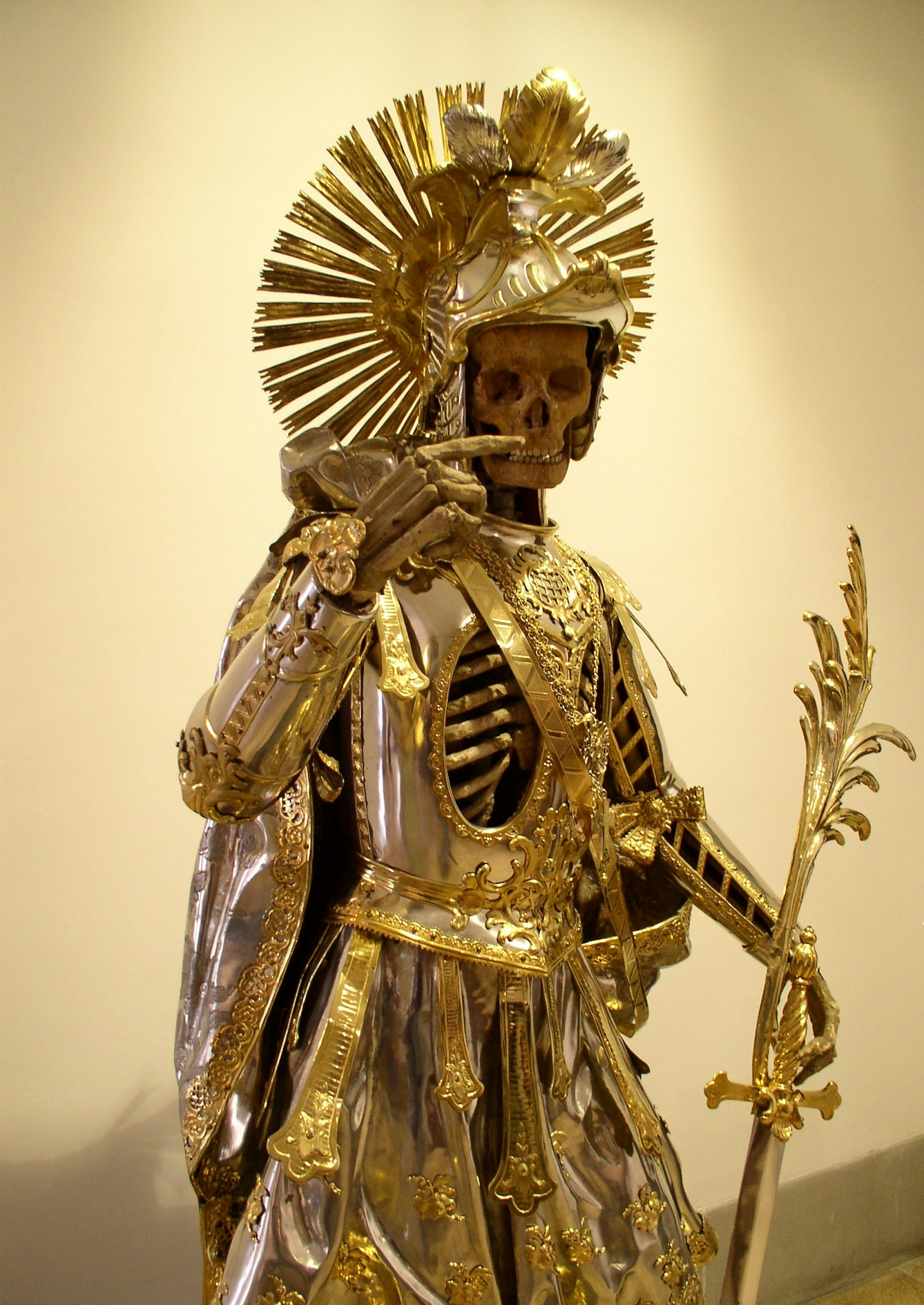
With the relics of martyrs being so powerful, and relatively scarce, a trade in relics soon sprang up in Europe. It was not unknown for the bodies of saints to be stolen by rival churches to take the saint’s holiness into their own house of worship. This practice was known as furta sacra – holy theft. In 1578 the catacombs under Rome were discovered to be full of skeletons. It was reasoned that these, despite their anonymity, were the bodies of early Christian martyrs. Many of these “catacomb saints” were sent to churches that lacked a saint’s body of their own. They were often heavily decorated with gold, silver and gems. These martyrs served a political purpose. Many of the churches who received a martyr had lost their original relics during the Reformation. By repopulating the churches of Europe with martyrs, the Catholic Church was waging a counter-reformation.
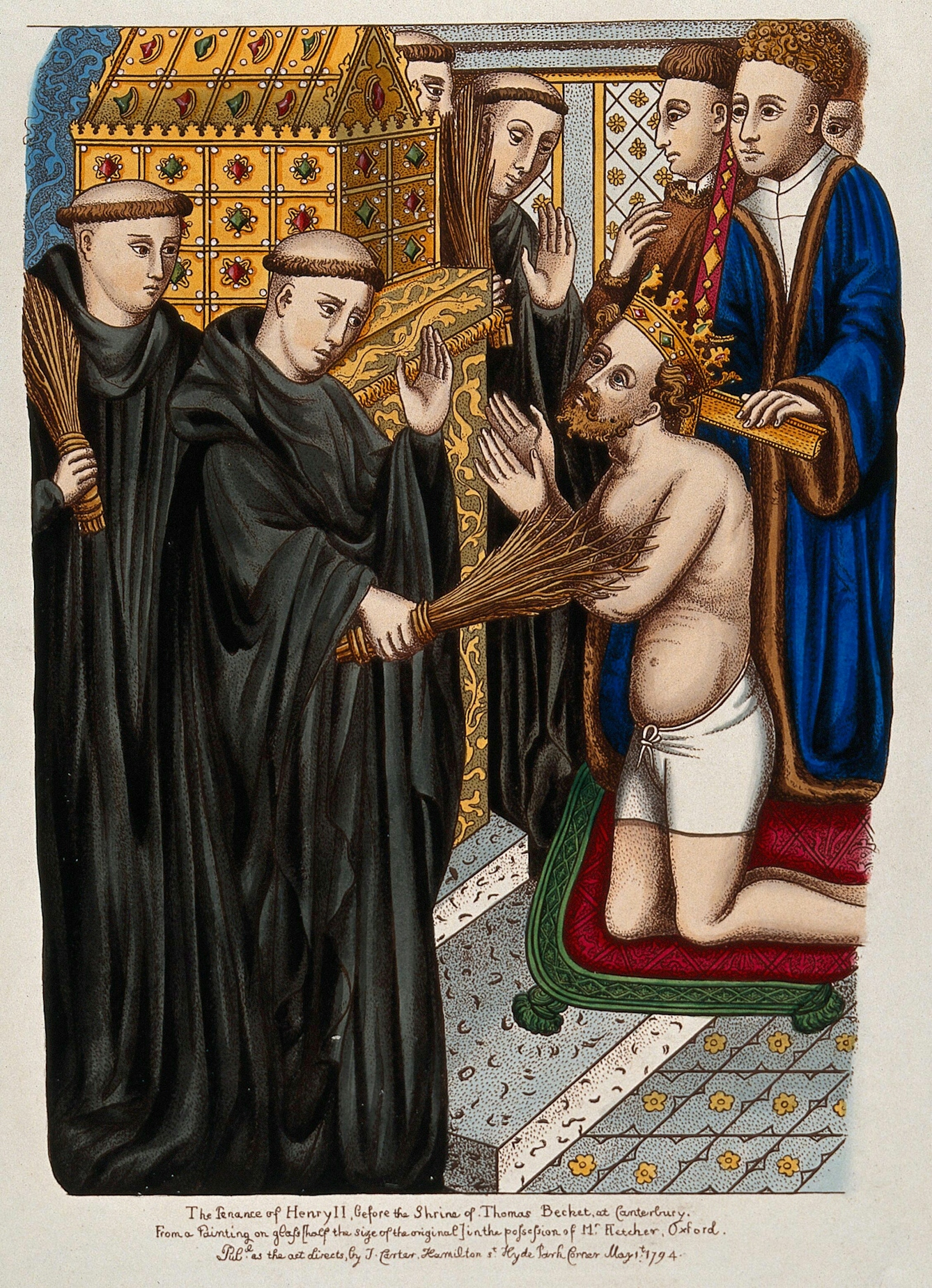
Saints and martyrs had always been political, though. First, they were symbols of resistance to persecution by the Roman authorities, but later they were invoked against abuses by other secular authorities. Famously, King Henry II hated the independence of Archbishop Thomas Becket. When some of Henry’s knights attacked Becket in Canterbury Cathedral, the archbishop died, but the legend of his martyrdom arose. Within two years Becket was declared a saint. His jewelled shrine was one of the most important destinations for pilgrims in Britain, including Chaucer’s. Visitors could drink “water of Saint Thomas”, which was said to be mixed with the saint’s blood and miraculously multiplied so there was enough for all visitors. King Henry did penance for the murder. Martyrdom conferred on Becket an authority that even kings could not resist.
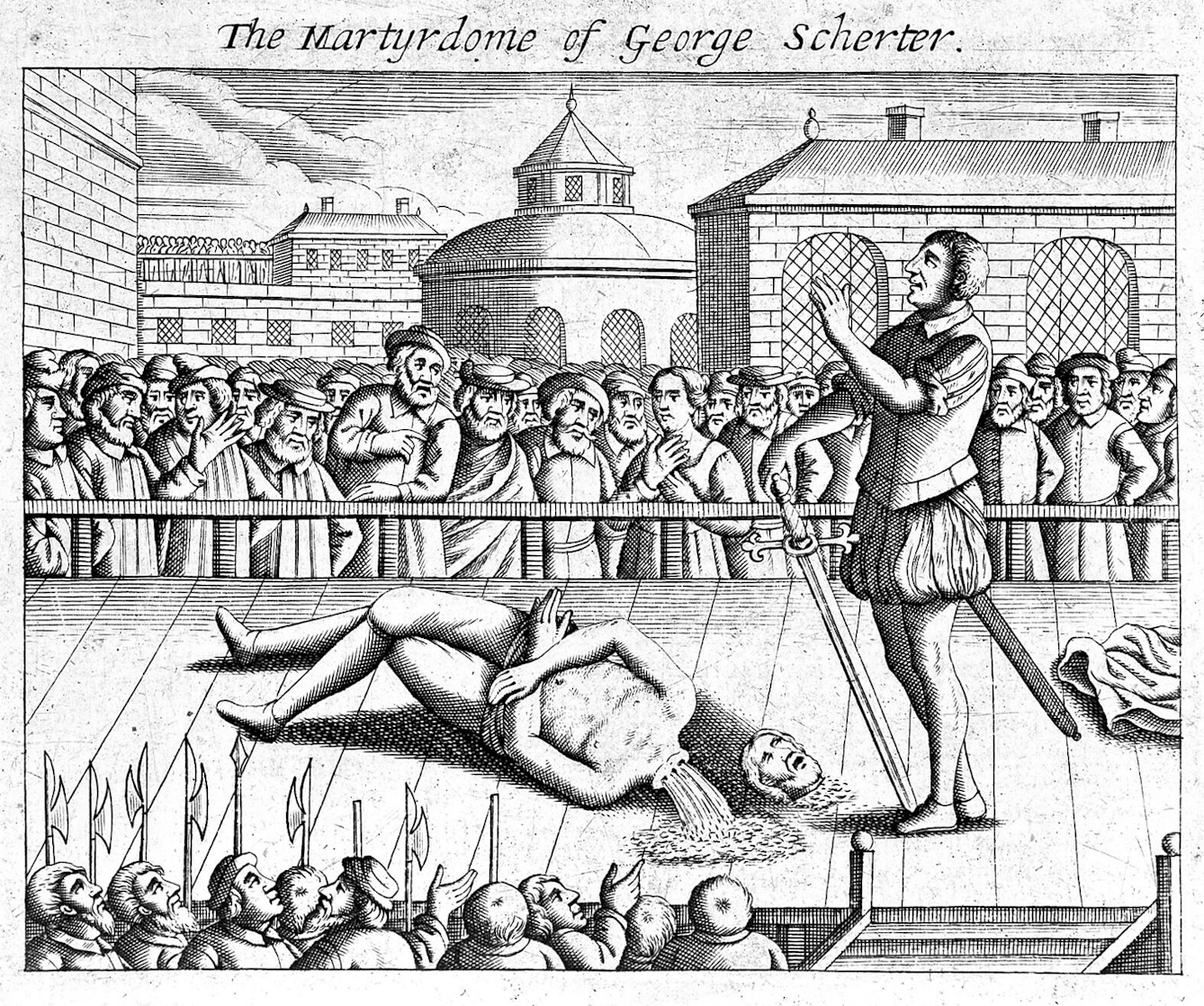
While most martyrs are associated with the early Church, they remained powerful tools in struggles within and without the Christian faith. The Reformation of the 16th century saw Protestants and Catholics arguing and fighting for souls across Europe. It was often a bloody affair. Foxe’s Book of Martyrs, published in 1563, gathered examples of Protestants suffering at Catholic hands. It was illustrated with gory images of modern martyrdom and used as propaganda against Catholicism.
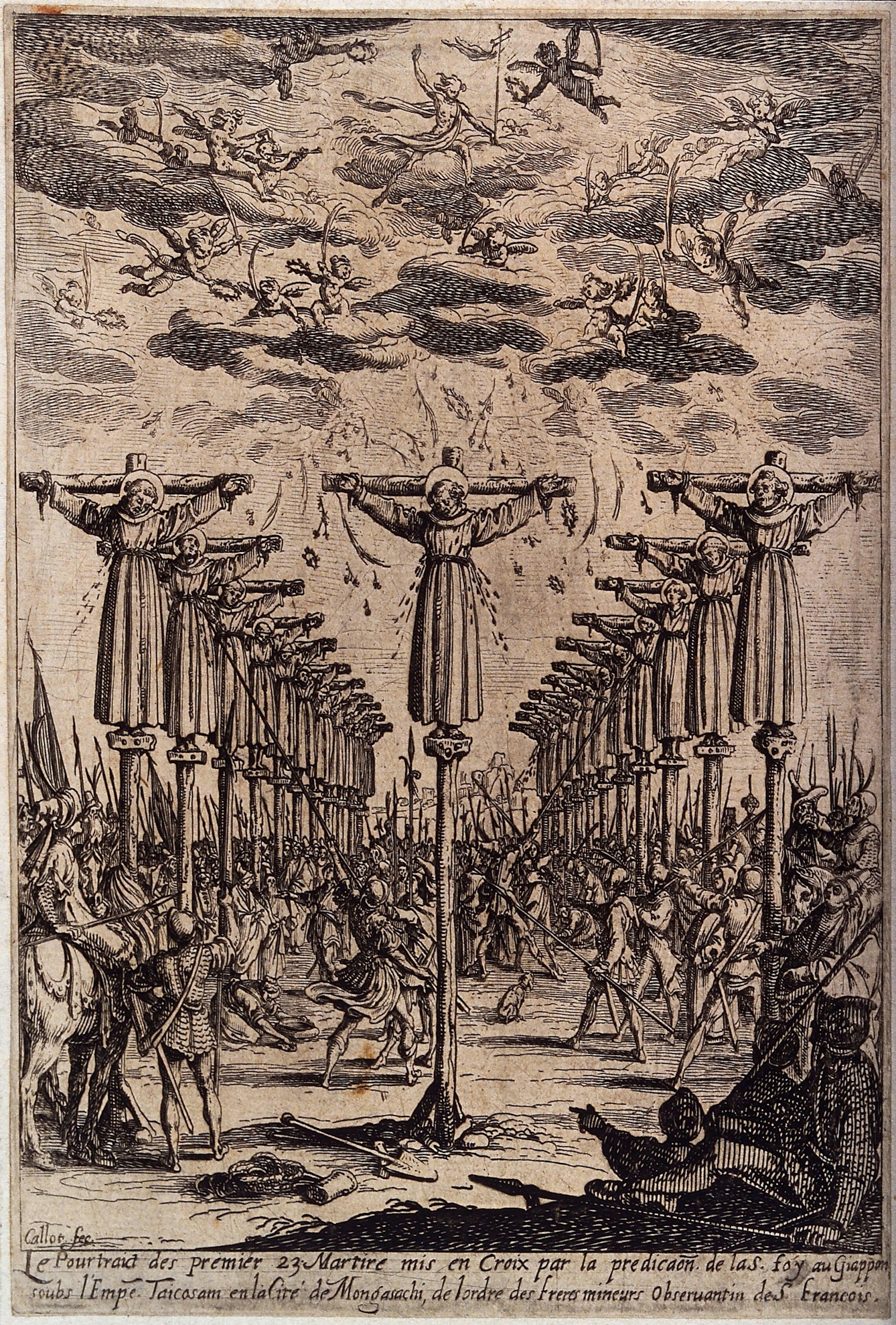
Even after the Christian faith came to dominate Europe, the world did not lack opportunities for martyrdom. Catholic priests in non-Christian lands could still face persecution. In 1597, 26 Catholics in Japan were arrested and tortured before being crucified on a hill outside Nagasaki. The martyrs’ deaths were publicised widely in Europe and they were canonised as saints in 1862. Other examples of Christian martyrdom in Japan helped to fuel anti-Asian feelings in the Christian West. In Africa, the murder of Christian converts, posthumously called the Uganda Martyrs, led to a letter in The Times recalling the saying “the blood of martyrs is the seed of the Church”. There were also calls to increase efforts to Christianise the continent, which went hand in hand with imperialist control.
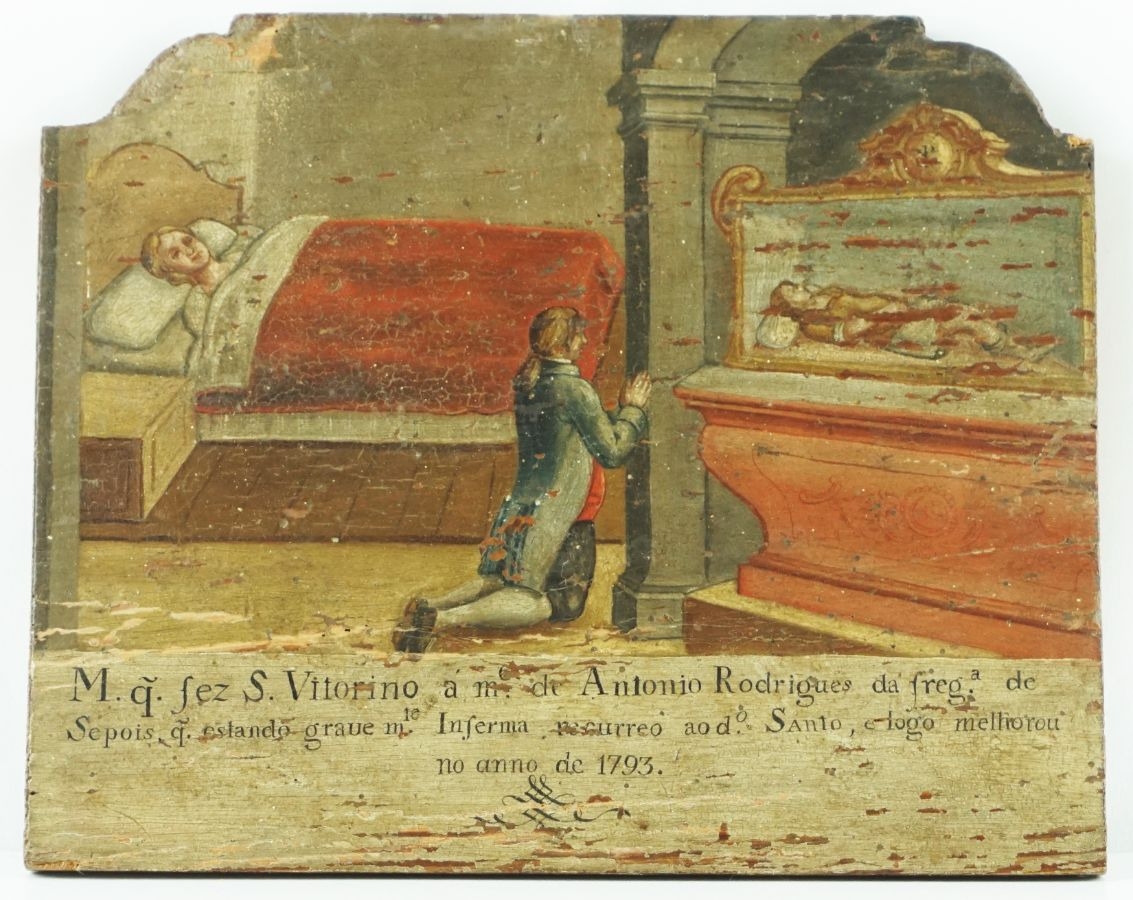
The saints retain their power of sacred intervention for millions of people today. There is a flourishing genre of folk art called ex voto paintings, which celebrate the role of saints in miracles. In the example above, Antonio Rodrigues is cured of his illness by prayers directed to the martyr St Victorinus. The style of these paintings was highly influential on the artist Frida Kahlo, who collected over a thousand examples of them.
About the author
Ben Gazur
Dr Ben Gazur has a PhD in biochemistry but gave up the glamour of the lab to be a freelance writer. He specialises in history, science, and the history of science. Ben Gazur is a writer and author. His book about food folklore is currently being crowdfunded. If you support it, you will get your name printed in the book. Click here to find out more.

